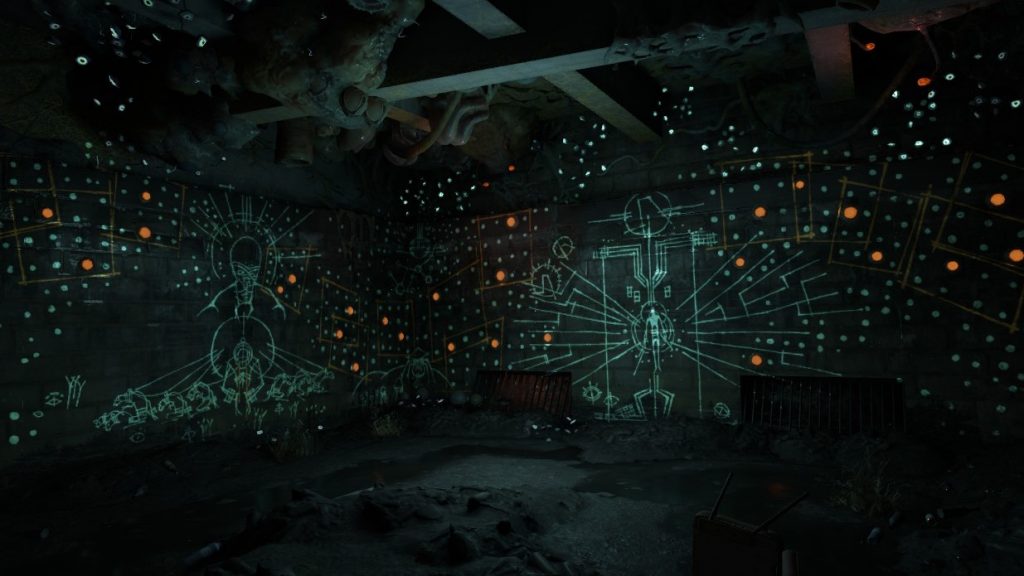After 13 years in stasis, Valve’s Half-Life franchise makes a triumphant return with Half-Life: Alyx. Taking bold steps in a new medium, Half-Life: Alyx delivers on the promise of what fans expect in a new Half-Life entry while forging a new path in the world of VR.
Much like Gordon Freeman himself, Half-Life games emerge from humble beginnings but impact the future with unforeseen consequences. The first entry revolutionized the use of narrative in first person shooters when it came out in 1998. Half-Life 2 changed the nature of physics in video games forever with the introduction of the Gravity Gun and Source engine.
Half-Life: Alyx follows that trend of innovation by setting the gold standard of AAA game design in VR. Valve had the impossible task of not only figuring out how to design a full scale VR game, but to revive a beloved series with unattainably high expectations attached to it. Somehow, they nailed both with flying colors.
The Half-Life Formula

If you’ve never played a Half-Life game, maybe you’re wondering what makes them so special. “It’s just some bespectacled scientist smashing aliens with a crate opening tool!” you might say, and you’d be half right. What really sets Half-Life apart comes from Valve’s fantastic storytelling skills. Half-Life began, and relies on, a tradition of well-crafted narratives to enrich the world and guide the player through it. Half-Life: Alyx follows this tradition to a tee, crafting an engaging experience through the plot, characters, and incredible environmental storytelling.
The writing and immersive environments of the series get amplified tenfold by the nature of VR. For instance, take Russell, the voice in Alyx’s ear for most of her journey. While his comedic dialogue (ably performed by Flight of the Conchords‘ Rhys Darby) would make Russell a great character in any game, actually inhabiting the same room as him and looking him in the eyes makes the experience a new degree of immersive.
Another facet of the Half-Life series that lends itself perfectly to VR are the moments of spectacle. Half-Life perfected the art of spectacle, putting Gordon in crazy scenarios and never taking camera control away from the player. Be it launching a rocket or fighting a helicopter, the series has been defined by these moments. Half-Life: Alyx completely delivers on this front and then some, with breathtaking action happening in front of your eyes. Even moments of calm offer gorgeous sunset vistas or buildings of impossible scale. Put simply, Valve knows their eye candy, and VR lets them open up a whole candy store.

A Powerful Motivator
Half-Life games have dipped into horror since the Black Mesa incident (headcrabs were never very comforting). Half-Life 2 notably turned up the dread with Ravenholm, a zombie-infested nightmare. This time, Half-Life: Alyx makes the leap to becoming a full on horror game. The shift to VR let Valve showcase their atmospheric and uncomfortable environmental design up close. Walls ooze and breathe with alien life so detailed you can see each individual spore and fungus.
The creepy areas rack up the tension and the anxiety doesn’t stop when enemies show up. The weapons in Alyx reload like actual guns, something that elevates every fight to a tense scramble for survival. Can you unload your pistol, grab a new magazine, and cock the chamber before this zombie tears your guts out? Half-Life: Alyx asks that question a lot. While this genre shift may come across as off-putting for some, at the end of the day headcrabs can leap at your real, actual face, for goodness’ sake. How could a VR Half-Life be anything but a horror game?

A Change in Perspective
With an added emphasis on horror and the degree of freedom VR offers, Alyx adjusts the Half-Life formula by slowing down the pace of exploration. Instead of pressing E on a filing cabinet to loot it, in VR searching it requires physically opening every drawer and looking inside. Levels are packed with hidden ammo caches and weapon upgrades that reward thorough exploration. Finding supplies or Easter eggs hidden in the environment feels less like stocking up on ammo and closer to the satisfaction of finally finding your car keys.
Part of the fun of combing through the environment comes from listening to Alyx and Russell banter about your findings. Unlike her stoic counterpart who often finds himself at a loss for words, Alyx has no issues speaking her mind, a series first. And it’s these changes that make this game feel less like a half-baked VR port and more like an evolution. Valve approached the series after over a decade with a fresh perspective, unburdened by expectation, and they’ve refined what Half-Life means. They’ve boiled down the essence of Half-Life, concentrated it, injected it directly into my eyeballs, and I can’t get enough.
Final Verdict
Playing Half-Life: Alyx lets you appreciate Valve’s game design mastery firsthand. Valve gained their reputation for expertly crafted single-player narrative experiences with the Half-Life series. Half-Life: Alyx showcases Valve’s decades of experience and commitment to innovation.
Is it worth buying a thousand-dollar headset and a thousand-dollar PC to play it? Maybe not, but Valve has set a high bar for what a VR game can be and what a Half-Life experience can be. If Half-Life: Alyx is any indication of the future, then Half-Life may have found a new home in VR. You might as well grab your headset now and practice killing headcrabs.




